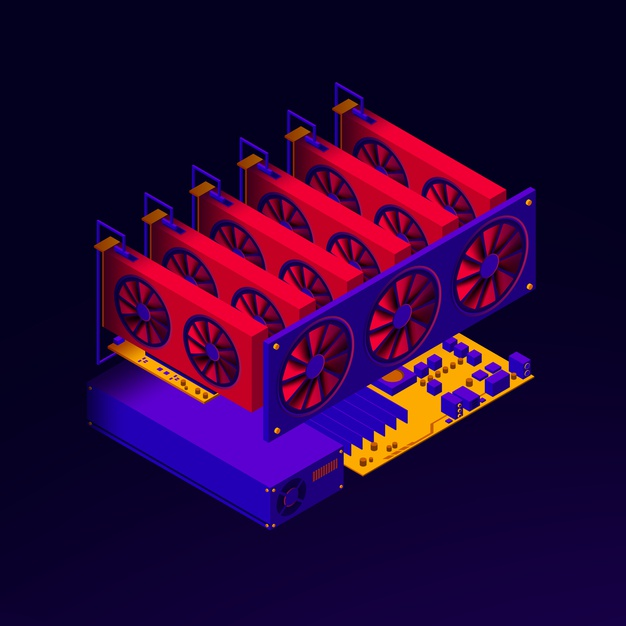Yield Farming has burst onto the DeFi scene and is quickly becoming the hottest term around. We take an in-depth look at the sources of these yields.
Introduction
Decentralized Finance (DeFi) offers many opportunities for investors to make extra value on top of their assets. The crypto market is very developed and has several avenues of passive income, often indirectly. One of the fastest-growing strategies is yield farming, sometimes called liquidity mining. Yield Farming tries to maximize return rates on capital by leveraging different DeFi protocols.
In short, yield farming locks up funds, providing rewards in the process. This process lends out cryptos through DeFi protocols to earn fixed or variable interest rates. Investors see varied returns based on the amount they invest and the rules that run the protocol. The beauty of DeFi is that the gains are higher than anything ever seen in traditional finance.
This article outlines the sources of yield plus how and why gains can reach so high.
Demand for Borrowing
The first where yield comes from is the demand for borrowing, also known as the demand for leverage. In finance, there is a natural demand for borrowing everywhere. For example, during a bull market, when demand for crypto coins grows faster than stablecoins, investors will look to borrow while posting crypto as collateral and may also look to borrow cash to buy more of that asset. This is especially fruitful if the asset they are bullish for expects to grow higher than the interest rate they pay to borrow. In this case, one person’s loan is another person’s yield.
Native Token Rewards
Another way that yield is produced is through native token rewards. DeFi platforms provide economic incentives to attract more capital to their platform through this strategy. Users provide capital with stablecoins or high-value coins on a lending platform in exchange for the platform’s tokens. This can be exceptionally incentivizing if investors believe the token’s value will increase in value faster than the asset locked.
On many big decentralized crypto exchanges, the demand for capital is high. Investors can earn yield by providing liquidity to a platform and receive native token rewards of that platform in exchange. This reward is analogous to equity growth as users come to own the network by participating in it. This is not a Ponzi scheme because users come to own the network and receive tokens as the protocol grows.
The classic native token reward example in DeFi is Compound. By supplying assets–like a stablecoin–into Compound, users receive governance tokens that allow voting for direction in the protocol. This, in essence, acts as an early reward system for helping bootstrap the protocol. Another reason this is effective is to pose as a venture capitalist.

Transaction Fees
Yield Farming grows off the automated market maker (AMM) concept where users supply assets into an AMM machine, providing a service to users who want to swap assets. Another way that liquidity on a platform leads to yields is through transaction fees.
In this scenario, users are not paid native tokens, they are paid a percentage from the total trades on the platform. This is more analogous to equity and is similar to dividends. By providing the service, or liquidity, that the platform does not, the investor is rewarded. The yield comes back through providing liquidity to the platform and receiving a small return for every other transaction.
Why is Yield Farming Unique?
DeFi yield farming reveals annual percentage yield (APYs) that are unheard of in traditional investing. Yields are seen as high as the hundreds, thousands, and sometimes even supercharged into millions. Traditional investing firms usually grant less than 1% APY and seldom see percentages higher than 3%. The DeFi rewards can be far greater than conventional investments but come with added risks. It is important to remember that interest is paid in crypto, which means that earnings depend on that cryptocurrency’s value.
In the case of Compound and other protocols, the investors are also given a stake in governance. Governance helps decide the road map and plans, giving investors voting power for participating in the protocol. Users often get voting power in the governing rules, and there is a direct form of representation not seen from traditional investing. The democratization of the protocols allows users to have a say in the growth and direction of what they invest.
Yield farmers incorporate complex strategies to chase the highest yields and rotate their assets in search of the highest yields. This strategy is often referred to as yield optimization. Investors deposit their Liquidity Provider (LP) tokens in platforms that utilize smart contracts to auto-compound yields. An investor can simply utilize complex chains of investments by letting yield optimizers reinvest reward tokens.
What are the risks?
When something appears too good to be true, it can become a cause for concern. And higher rewards bring higher risks, especially in such a volatile market like crypto. Yield farms are high-risk, high-reward ventures, and one should never invest what one cannot afford to lose. Yield farming isn’t as easy as it seems, and it can be an easy way to go into debt or lose money.
Many users have fallen victim to yield farm “experiments.” These often involve experimental, unaudited code, which causes rug pulls, exploits, and unwanted consequences. Borrowing on collateral can lead to unintended liquidations and a loss of assets.
Looking Ahead
Yield farming has driven high gas fees on the Ethereum network. Investors now face a high barrier to entry in Ethereum. The growth of Chains like BSC and Polygon is a testament to both the high gas fees on Eth and insane investment returns currently found on newer chains. Cross-chain bridges and other similar advancements may allow DeFi applications to become blockchain-agnostic in the future. Why keep your assets stale when they can be making you more money?
Source : bsc.news

Founded in 2020, BSCNews is the leading media platform covering decentralized finance (DeFi) on the Binance Smart Chain (BSC). We cover a wide range of blockchain news revolving mainly around the DeFi sector of the crypto markets. BSCNews aims to inform, educate and share information with the global investment community through our website, social media, newsletters, podcasts, research, and live ask me anything (AMA). Our content reaches hundreds of thousands of global investors who are active in the BSC DeFi space.
BSC NEWS is a private news network. All posts posted by this user belong 100% to bsc.news All rights are reserved to BSC NEWS for more information about BSC NEWS contact BSC NEWS HERE.





